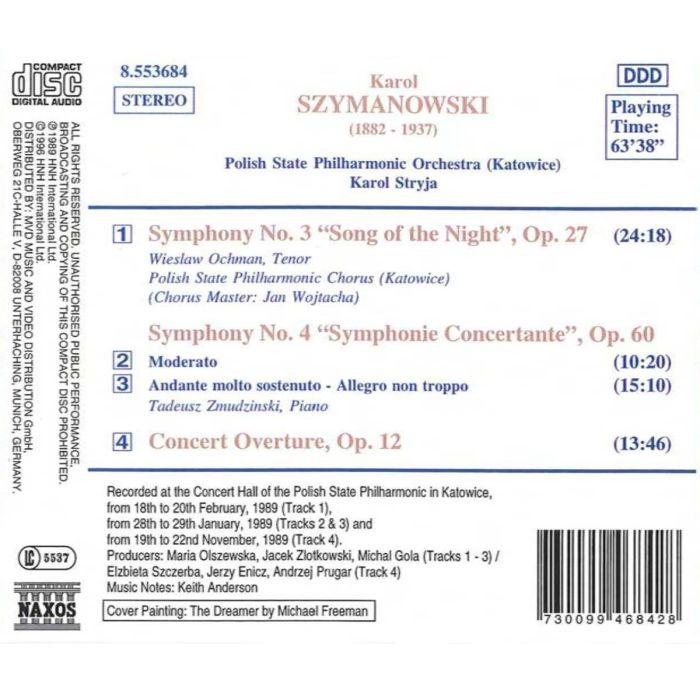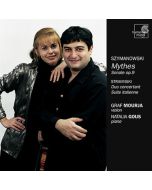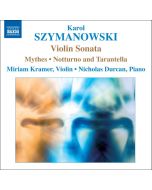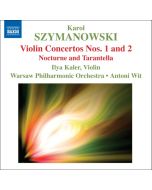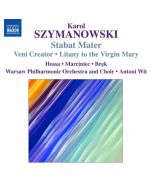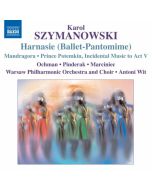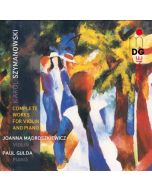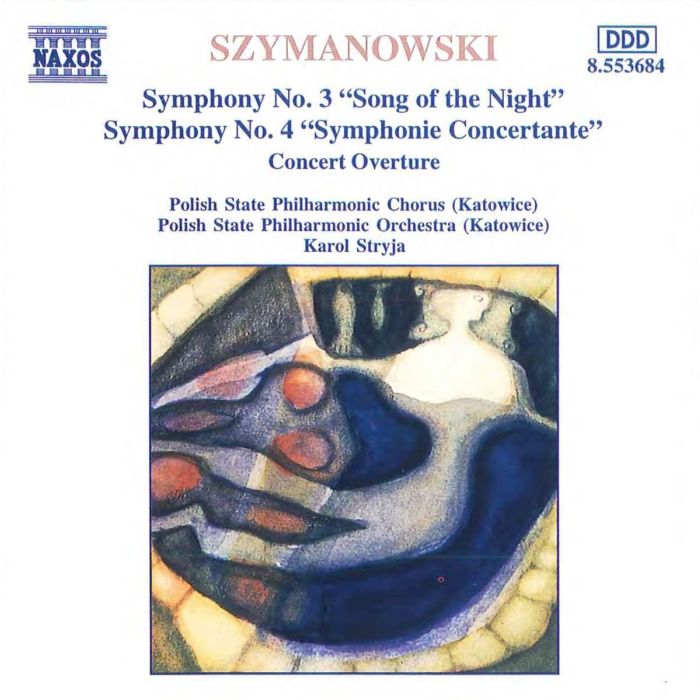
(Produkt nie został jeszcze oceniony)
kompozytor
Szymanowski, Karol
tytuł
SZYMANOWSKI: Symphonies 3 & 4
wykonawcy
Ochman, Wieslaw, Polish State Philharmonic Chorus, Katowice, Polish State Philharmonic Orchestra, Katowice, Stryja, Karol, Zmudzinski, Tadeusz
nr katalogowy
8.553684
opis
Szymanowski's Third Symphony, completed in 1916 after two years work, was first performed in London in 1921. The work, in which orchestra and singers are subtly blended in a continuous web of sound, shows something of the influence of Debussy, but above all the composer's reinterpretation of the thought and words of the great medieval Persian mystic known as Mevlana. •
The Symphonie Concertante or Fourth Symphony was first performed in Poznań in the autumn of 1932, the year of its completion. According to Szymanowski's own notes on the work the first movement is in a form similar to sonata form, its general mood serene, almost merry. The second movement offers a broad melody for flute solo and a violin solo with piano accompaniment. There is a great crescendo and the music grows quieter, with the re-appearance of the theme from the first movement, leading directly to the last movement, in the rhythm of an oberek, a traditional round-dance, and analogous to the rondo in form, in the character of a very lively sometimes almost orgiastic dance. The finale also includes a short central episode for the piano, a kind of mazurka. •
The Concert Overture in E major was written in 1905 and had proved in many ways a more satisfactory composition than the First Symphony. At its first performance in Warsaw in 1906 it was welcomed as the work of a composer of clear genius and originality, although it bears a strong enough superficial resemblance to the idiom of Richard Strauss. It shows an impressive command of orchestration, a gift for melodic invention and harmonic colouring, and, while dramatic and effective enough in itself, may be seen as an early step towards a musical idiom that was to break away from the world of Wagner and Strauss into something more nearly universal.
nośnik
CD x 1
wydawca
Naxos
data wydania
10.03.1997
EAN / kod kreskowy
730099468428
58,00 zł
Produkt dostepny w niewielkiej ilości.
Wysyłka w ciągu 3 dni roboczych
Darmowa wysyłka dla zamówień powyżej 300 zł!
Darmowy kurier dla zamówień powyżej 500 zł!
sprawdź koszty wysyłki